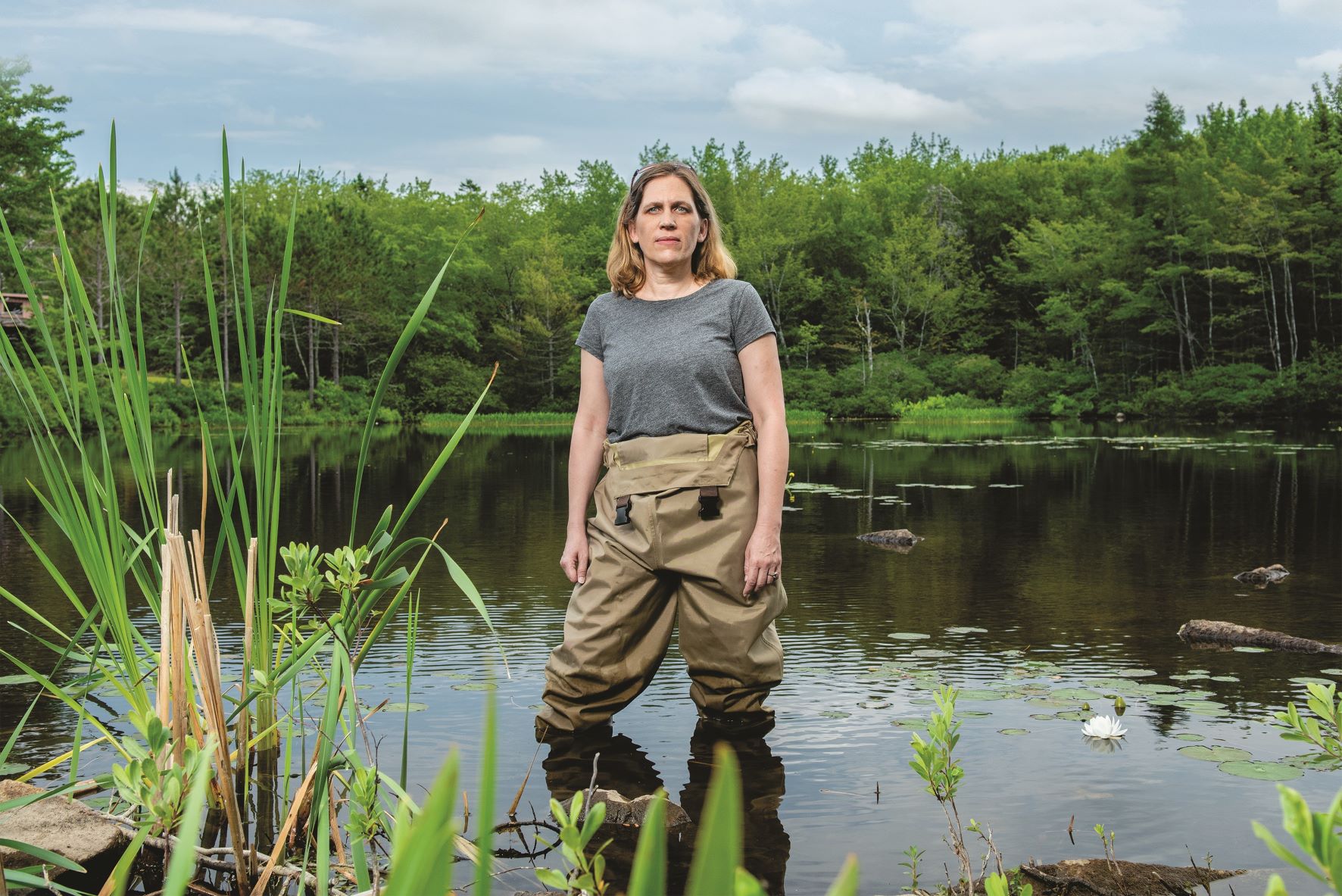
The environment and history colliding: The case of legacy gold mine tailings in Nova Scotia, Canada
Dr. Linda Campbell, Research Fellow in Aquatic Ecosystem Health at Saint Mary's University, will present as part of the Distinguished Lecture Series
Global Institute for Water Security (GIWS) and Global Water Futures, together with the College of Arts and Science's Department of Geological Sciences and Department of Biology, will host this Distinguished Lecture Series special event featuring Dr. Linda Campbell.
Speaker: Dr. Linda Campbell, Research Fellow in Aquatic Ecosystem Health, Saint Mary's University
Date: Thursday, Sept. 15, 2022
Time: 3:30 pm - 4:45 pm CST
Location: In person at the Diefenbaker Canada Centre, Room 137 (refreshments will be served) or online via Zoom (register for the Zoom option)
The event will be hosted in ASL and English, with English closed captioning and French interpretation on Zoom.
Talk description:
Gold is often geologically associated with toxic arsenic compounds and can be extracted using mercury amalgamation methods. As a result, historical gold mining sites and modern artisanal mining sites in low-income countries frequently have co-occuring mercury and arsenic contamination. Here, a Canadian case study will be presented with an update on current research. Nova Scotia has a long history of gold mining going back to the mid-1800s. There are more than 360 gold mines in 64 historic gold mining districts stretching over a 300-km length of NS. Between 1862 and the mid-1940s, 1.2 million troy ounces of gold were extracted mostly using mercury amalgamation techniques. Due to a lack of environmental regulations in the 1800s, there is a modern legacy of three million tonnes of finely-ground contaminated waste tailings. Mercury-recovery techniques were practiced, but frequently 10 – 25% of mercury was lost to the environment through various means at each ore processing site. It has been conservatively estimated that a total of 3.7 to 9.1 tonnes of mercury may have been released to the NS environment from the 1850s to the 1940s. Since the original ore also included arsenopyrite and other arsenic-bearing pyrites, the gold-mine tailings also contain elevated arsenic. After processing, untreated tailings were frequently slurried into nearby freshwater systems without regard for the consequences. The legacy of localized tailing wastes near freshwater sites in 64 gold-mine regions has resulted in multi-generational chronic exposure to mercury, arsenic and other toxic elements for wildlife and humans. Surprisingly the aquatic impacts remain poorly studied, even more than 100 years later. In this presentation I will review the issues, and provide an overview of our DEEHR research team's freshwater biomonitoring and ecotoxicology research.


